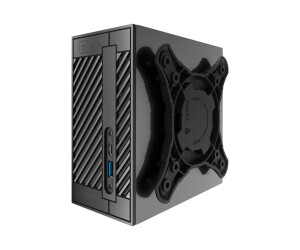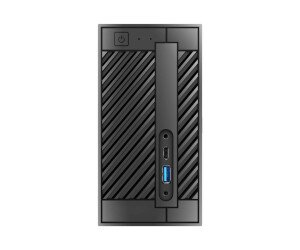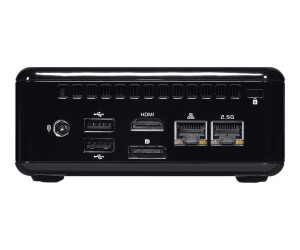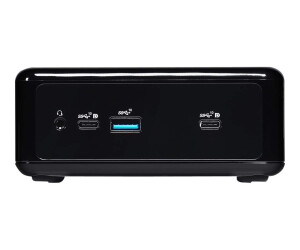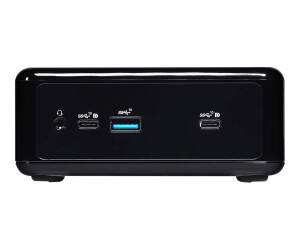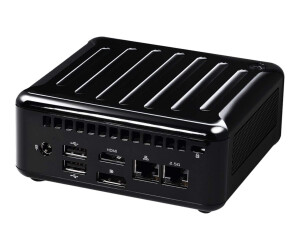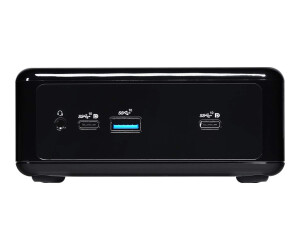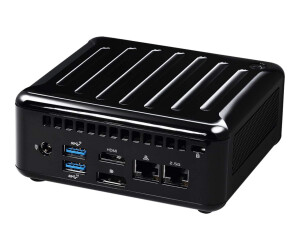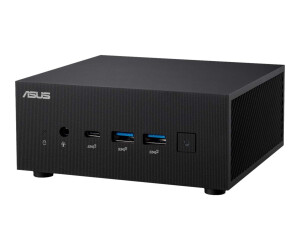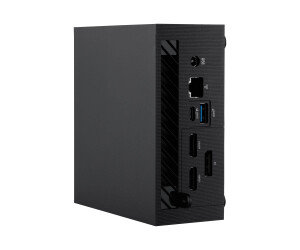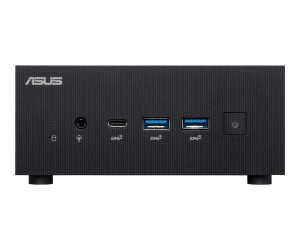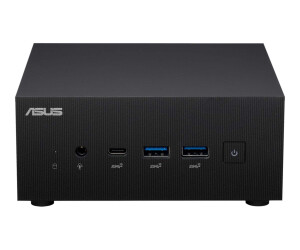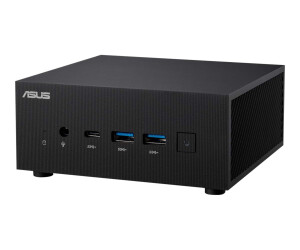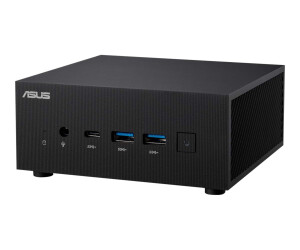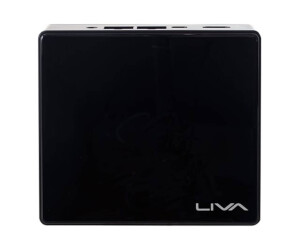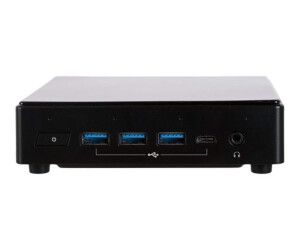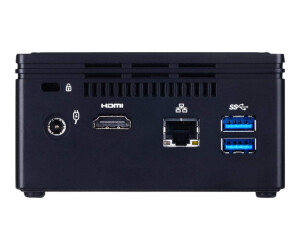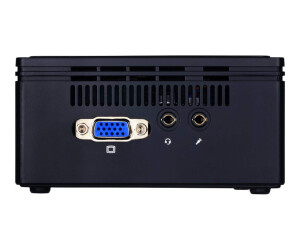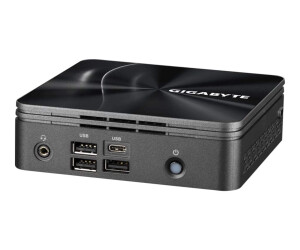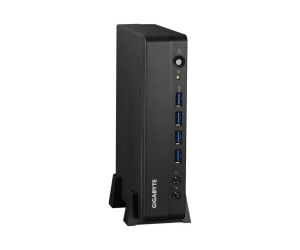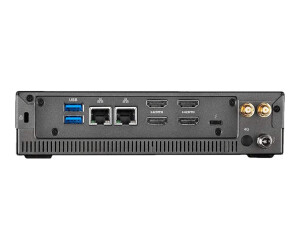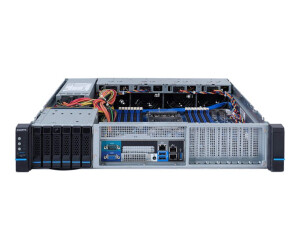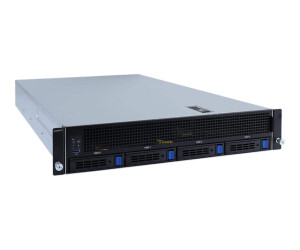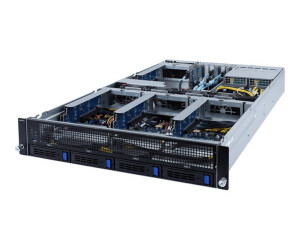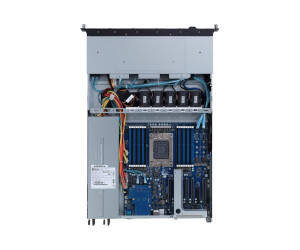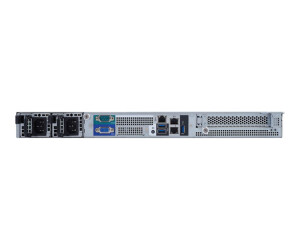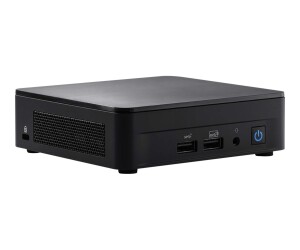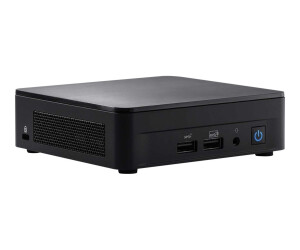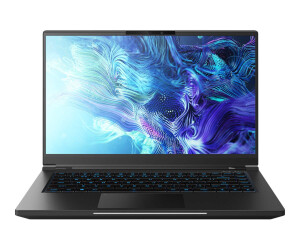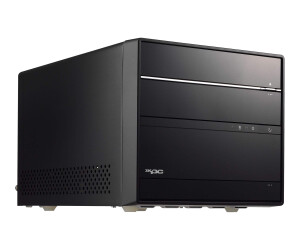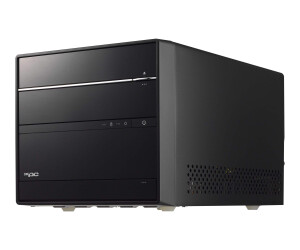Barebone
Barebone
A barebone is a type of device that is often used as a base for creating customized computers and other electronic devices. Essentially, a barebone is a PC case that comes equipped with a set of basic components such as a motherboard, power supply, and fan. However, many other components are still missing, such as a processor, memory, hard drive, and graphics card, which can be added separately as needed.
Barebones are a good choice for users who want a high degree of control over the specific components of their computer. They provide the flexibility to customize and configure their systems to their individual needs and requirements. Barebones can also be cost-effective as they are generally cheaper than complete systems and offer more room for future upgrades and expansions.
Barebones are typically offered with a relatively simple design and without many additional features. They are usually small and compact and can be easily transported. Barebones are also popular with hobby gamers and DIY enthusiasts who want to build their own gaming systems or media servers.
Some barebones are specifically designed for certain applications such as gaming, multimedia, or servers and offer corresponding features and expansion options. However, most barebones are designed for general use and offer a wide range of applications. It is important to note, however, that barebones usually only come with basic components and that additional hardware such as processors, memory, and drives must be purchased separately.
Barebones are used in various fields where individual and customizable computer systems are required. Some application areas include:
- Gaming: Barebones are popular with gamers who want to build their own gaming systems from scratch to ensure an optimal gaming experience.
- Multimedia: Barebones can also be used to build multimedia systems such as home theaters or music production stations.
- Servers: Barebones can also be used as a basis for building servers tailored to the needs of businesses or organizations.
- Industrial and embedded systems: Barebones are also used in industry and embedded systems where specific hardware requirements exist.
- DIY projects: Barebones are also popular with DIY enthusiasts who want to realize their own creative projects, such as building robots, surveillance systems, or home automation systems.
As with any technology, there are pros and cons to barebones that should be considered when deciding whether they are suitable or not. Here are some advantages and disadvantages of barebones:
Advantages:
- Flexibility and customizability: Barebones offer the flexibility for users to add and remove their own components to customize their systems to their needs and requirements.
- Cost-effectiveness: Barebones are generally cheaper than complete computer systems as they only include basic components and users have the option to purchase the remaining components separately.
- Space-saving: Barebones typically have a compact design that takes up little space, making them ideal for small workspaces or as portable systems.
- Upgradability: Barebones offer more opportunities for future upgrades and expansions as users can add new hardware or upgrade old components at any time.
- Control: Barebones give the user full control over the hardware and software of their system, allowing them to achieve optimal performance and configuration.
Disadvantages:
- Basic components: Barebones are only supplied with basic components such as motherboard, power supply, and fan. Purchasing the remaining components may incur additional costs.
- Requires technical knowledge: Building a barebone system requires technical knowledge and experience as the installation and configuration of hardware and software is necessary.
- Limited warranty: Barebones often have only a limited warranty as they are typically equipped with only basic components.
- No supporting software: Barebones are typically delivered without pre-installed operating systems or applications, so users must purchase and install these separately.
- No expansion cards: Some barebones may have limitations on the expansion cards they can support, which can limit options for future upgrades.


